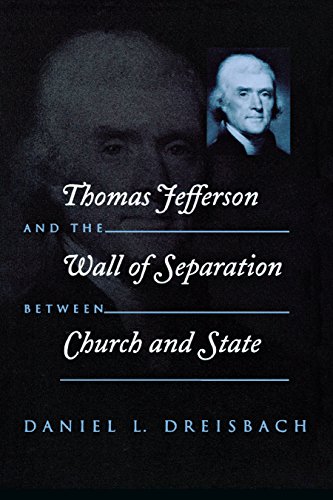

Most ebook files are in PDF format, so you can easily read them using various software such as Foxit Reader or directly on the Google Chrome browser.
Some ebook files are released by publishers in other formats such as .awz, .mobi, .epub, .fb2, etc. You may need to install specific software to read these formats on mobile/PC, such as Calibre.
Please read the tutorial at this link: https://ebookbell.com/faq
We offer FREE conversion to the popular formats you request; however, this may take some time. Therefore, right after payment, please email us, and we will try to provide the service as quickly as possible.
For some exceptional file formats or broken links (if any), please refrain from opening any disputes. Instead, email us first, and we will try to assist within a maximum of 6 hours.
EbookBell Team

5.0
100 reviewsNo phrase in American letters has had a more profound influence on church-state law, policy, and discourse than Thomas Jefferson’s “wall of separation between church and state,” and few metaphors have provoked more passionate debate. Introduced in an 1802 letter to the Danbury, Connecticut Baptist Association, Jefferson’s “wall” is accepted by many Americans as a concise description of the U.S. Constitution’s church-state arrangement and conceived as a virtual rule of constitutional law.
Despite the enormous influence of the “wall” metaphor, almost no scholarship has investigated the text of the Danbury letter, the context in which it was written, or Jefferson’s understanding of his famous phrase. Thomas Jefferson and the Wall of Separation Between Church and State offers an in-depth examination of the origins, controversial uses, and competing interpretations of this powerful metaphor in law and public policy.